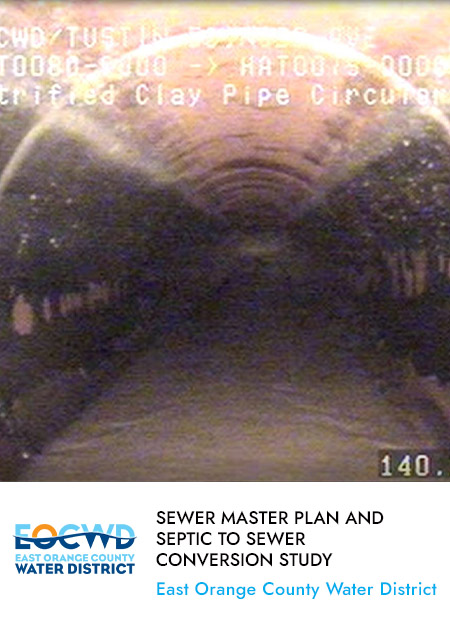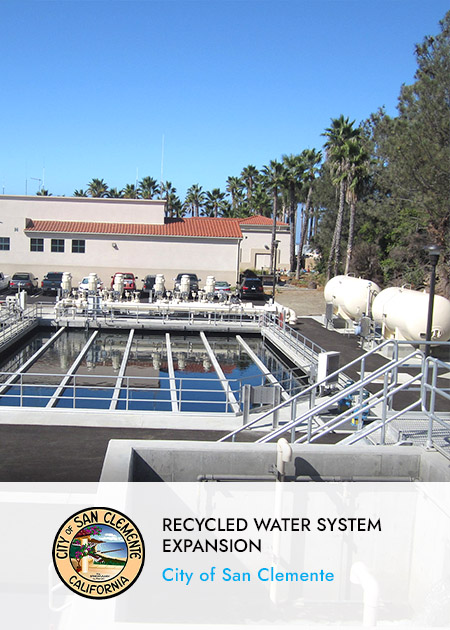Project Description
AKM is currently providing construction management, inspection, and design quality control services for the City of Long Beach Municipal Urban Stormwater Treatment (LB-MUST) Facility. The project will intercept non-stormwater runoff and a percentage of the first-flush storm flows generated within the City of Long Beach urban watersheds prior to discharging to existing storm drain outfalls flowing into the Los Angeles (LA) River and the Los Angeles River Estuary.
A majority of the City’s urban drainage systems are older facilities, which were originally designed with the focus on flood protection and are not currently equipped to address urban stormwater pollution. The proposed LB-MUST facility will assist in the compliance with stormwater pollution and discharge regulations requirements and potentially provide the opportunity as a source for alternative water supply in the future. The intercepted flows from different locations within the City’s urban watersheds will be collected and diverted to a centralized downstream advanced treatment facility and storage pond. The key elements of this system include:
- Multiple upper watershed diversions to intercept and collect flows located “in-line” along each of the existing storm drains tributary to the LA River and small diversion pump stations at each diversion structure
- Diverting flows from existing stormwater pump stations through their sump pumps
- Hydraulic conveyance systems (pipes and/or open channel) to deliver captured runoff for downstream treatment
- Advanced water treatment facility composed of multiple treatment elements and ponds / wetlands
- Upper watershed BMPs / storage basin facilities
- Potential future benefit as an alternative water supply source.
The project is divided into three (3) phases (clearing and grubbing/ initial site preparation (underground utilities and ground stabilization), treatment facility construction, and conveyance system construction).
LB-MUST Street Improvements
AKM completed the construction management and inspection of the clearing and grubbing/initial site preparation phase in 2018. This phase included clearing and grubbing of the proposed site, initial rough grading of the site, removal of buried railroad tracks and ties, installation of K-rail and fencing around the site, establishment of long term stormwater best management practices (BMPs) for the disturbed area and weekly BMP inspections. The work also required the City to relocate a homeless encampment within the work zone. In 2020, AKM completed providing construction management services for Phase II of the program which included the construction of a new low voltage electrical service, reconstruction and realignment of the roadway fronting the proposed treatment plant site, underground utilities such as water, storm drain and recycled water, as well as the installation of 3,100 linear feet of the conveyance pressure pipe system.
LB-MUST Ground Improvements
This phase of the project was completed in January 2021. Work included furnishing all plant, labor, equipment, and materials; performing all operations as required to construct the deep soil mixing (DSM) ground improvements; and providing all associated testing, monitoring, sampling, and recording. Specific work included: mobilization/demobilization; SWPPP; excavation and placement of 2 stockpiles; disposal of hazardous soil; surveying; Deep Soil Mixing construction in full compliance with bid documents; quality control; and construction of a load transfer platform
LB-MUST Treatment Plant and Wetlands
AKM provided quality control and constructability review of the proposed treatment plant and conveyance system design of the 90 percent design package and is currently providing construction management and inspection during construction. The treatment is designed with the ability to treat both brackish and non-brackish influent flows through separate treatment trains. The treatment process train consists of influent strainers, ceramic membrane ultra-filtration (UF), and an advanced oxidation process (UV/AOP). The ancillary processes include process pumping, process storage tanks, chemical feeding, and air supply. An RO system can be added to the treatment train in the future, downstream of the UV/AOP, to reduce TDS of the effluent and/or provide additional barriers for potential potable reuse. The ceramic membrane system, which consists of two (2) 1 million gallon per day (MGD) units as well as the UV/AOP were pre-purchased by the City. The treatment facility will be housed within a 9,000 square foot cement masonry unit building with electrical, chemical and control rooms, and will include an HVAC system. Also being constructed is a wetlands and walking path.
Project
Client













